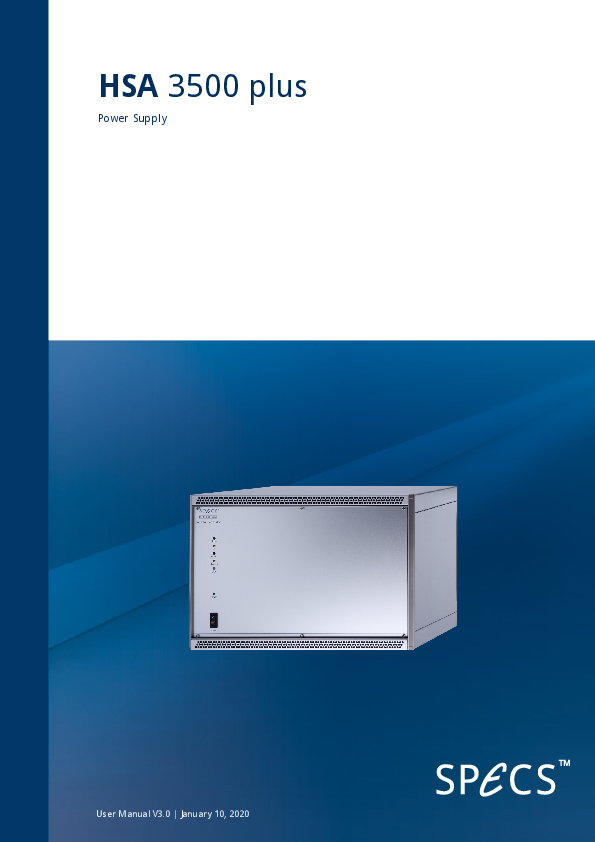
PHOIBOS 150 MCD
Hemipsherical Energy Analyzer with MCD Detector for UPS, XPS, ISS and LEISS.
This product is discontinued
The PHOIBOS 150 Hemispherical Energy Analyzer is a powerful tool for modern photoelectron spectroscopy. This analyzer can be operated in all relevant analysis modes, such as XPS, UPS, as well as AES, ISS and LEISS. Its design and the modular supplementary hardware makes this analyzer the most versatile PES analyzer in the market. It can easily be upgraded with all available SPECS detection systems.
The integrated MCD-9 (9 channel multi channeltron detector) detector is a well established and robust detection solution. The direct detection of electron signals yield quantitative counts per second (cps). With 9 simultaneous channels aquisition with high count rates can be guaranteed.
The energy analyzer section is equipped with 8 customizable entrance and 3 exit slits for UPS and XPS. The analyzer comes with a highly stable power supply, the HSA 3500 plus, for best performance in a wide kinetic energy range up to 3500 eV.
SPECIFICATIONS
| Energy Dispersion by | Hemisphere |
| Slits/Apertures | 8 Entrance, 3 Exit slits and Iris aperture |
| Lens Modes | |
| Acceptance Angle | ±15° |
| Pass Energies | 0 - 550 eV continously adjustable |
| Detector | MCD 9 |
| Energy Window | 23% of Pass Energy |
| Kinetic Energy Range | 0 - 3500 eV |
| Electronics | HSA 3500 plus HT 100 |
| Working Pressure | 10-11 to 10-7 mbar |
| Detector Channels | 9 |
| Measurement Modes |
| Angular Resolution | < 0.5° |
| Lateral Resolution | < 100 µm |
| Energy Resolution | <10 meV for XPS |
| XPS Count Rates UHV | Ag 3d measured with XR 50 300 W MgKa > 3 Mcps @ 0.85 eV, > 9 Mcps @ 1.00 eV |
| Mounting Flange | DN100 CF |
| Magnetic Shielding | Double µ-Metal Shielding |
| Working Distance | 40 mm |
| Electric Isolation | up to 7 keV |
SPARE PARTS

Replacement feedthrough for PHOIBOS Release R5 & R6 iris mechanism

Replacement spindle for PHOIBOS Release R5 & R6 iris mechanism













